Located on Hai Ba Trung Street, right in the center of the old town, Ba Mu Pagoda (or the three-door gate of Ba Mu Pagoda) was built in the 17th century, with the names Cam Ha Palace and Hai Binh Palace.
Unlike traditional pagodas that worship Buddha, this place worships gods in folk beliefs, mainly related to protection, childbirth and children. Therefore, the ancient people of Hoi An often called it simply and intimately "Ba Mu Pagoda", and this name has been passed down to this day.
After many events, most of the main items of the pagoda no longer exist, only the three-door gate is preserved. However, this item has become a typical symbol of the relic space, an indispensable destination in the journey to explore Hoi An.
The temple gate is built of baked bricks, covered with yin-yang tiles, with pillars carved with sophisticated Asian patterns. The green moss covering the roof and brick walls creates a nostalgic beauty, reminiscent of ancient vestiges in the heart of the bustling old town.
The space around Ba Mu Pagoda is quiet, with a hint of silence, making every frame taken here seem to carry the breath of time. Therefore, this place not only attracts tourists but is also a familiar destination for many photographers, filmmakers and those who love cultural heritage.
"Just stand in the middle of the gate, pose gently and you will have beautiful photos with the essence of Hoi An" - Le Thi Huong, a tourist from Thanh Hoa shared.
Some pictures of Ba Mu Pagoda gate, the most prominent check-in spot in Hoi An:
The gate of Ba Mu Pagoda is shaped like a stylized scroll, with the central circle symbolizing the moon - the path reserved for gods according to folk beliefs.
Although only the temple gate remains, the building still retains its magnificence and sophistication in every architectural line.
The elaborately carved reliefs help the overall architecture stand out and become attractive.
The carvings are both familiar with Vietnamese temple architecture and different due to the influence of cultural flow of time.
The gate of Ba Mu Pagoda is one of the oldest architectures in Hoi An, standing out with its brilliant colors. Reflecting on the clear lotus pond, the temple gate creates a perfect, beautiful background that fascinates visitors.
Tourists often come here to "live virtually" in a space rich in heritage, especially young people.
The peaceful, harmonious space here is the ideal setting for photo shoots in traditional costumes or ao dai.
This place is also a familiar creative location for many photographers, thanks to its heritage-rich space and inspiring natural light.
The gate of Ba Mu Pagoda is a famous check-in location, constantly being "named" by social networking sites.
The afternoon sun casts a golden light on the gate, making the scene even more poetic. The calm lake surface clearly reflects every architectural detail, making the photos even more captivating.
The gate of Ba Mu Pagoda is not only loved by domestic tourists but also a familiar destination for many international tourists.
Source: https://vietnamnet.vn/cong-tam-quan-tinh-te-con-sot-lai-cua-ngoi-chua-duoc-xay-tu-the-ky-17-o-hoi-an-2423809.html


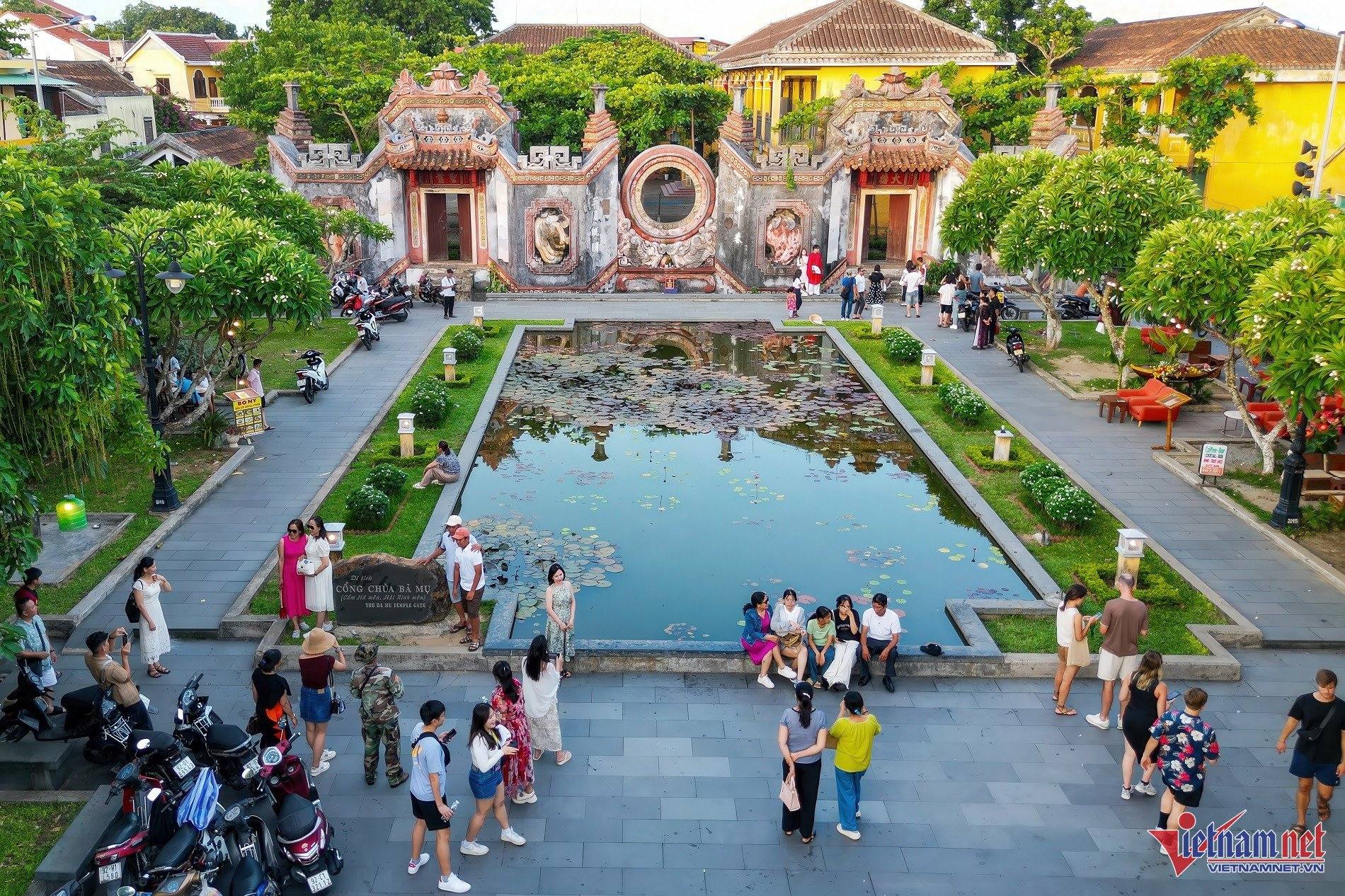
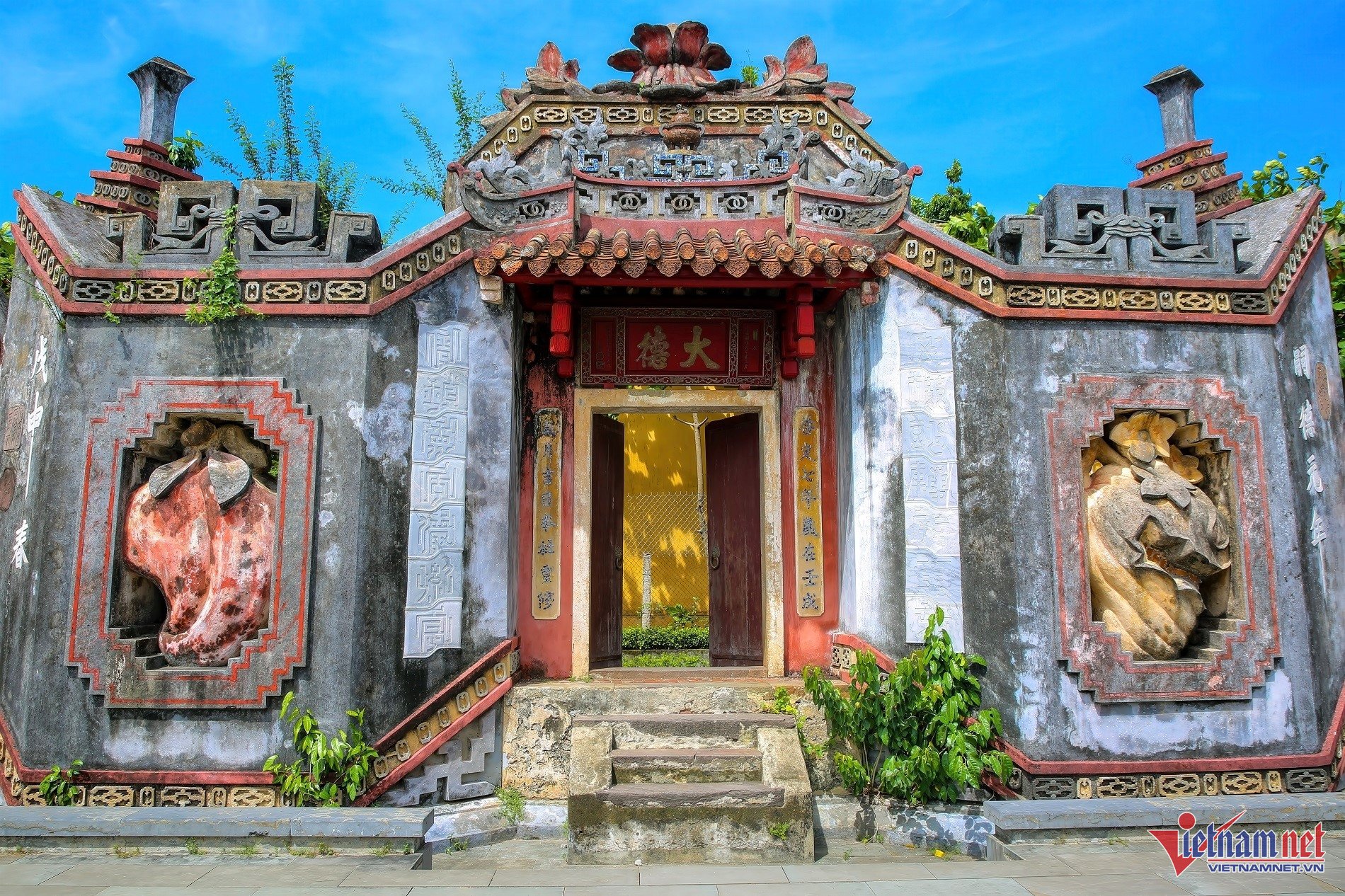
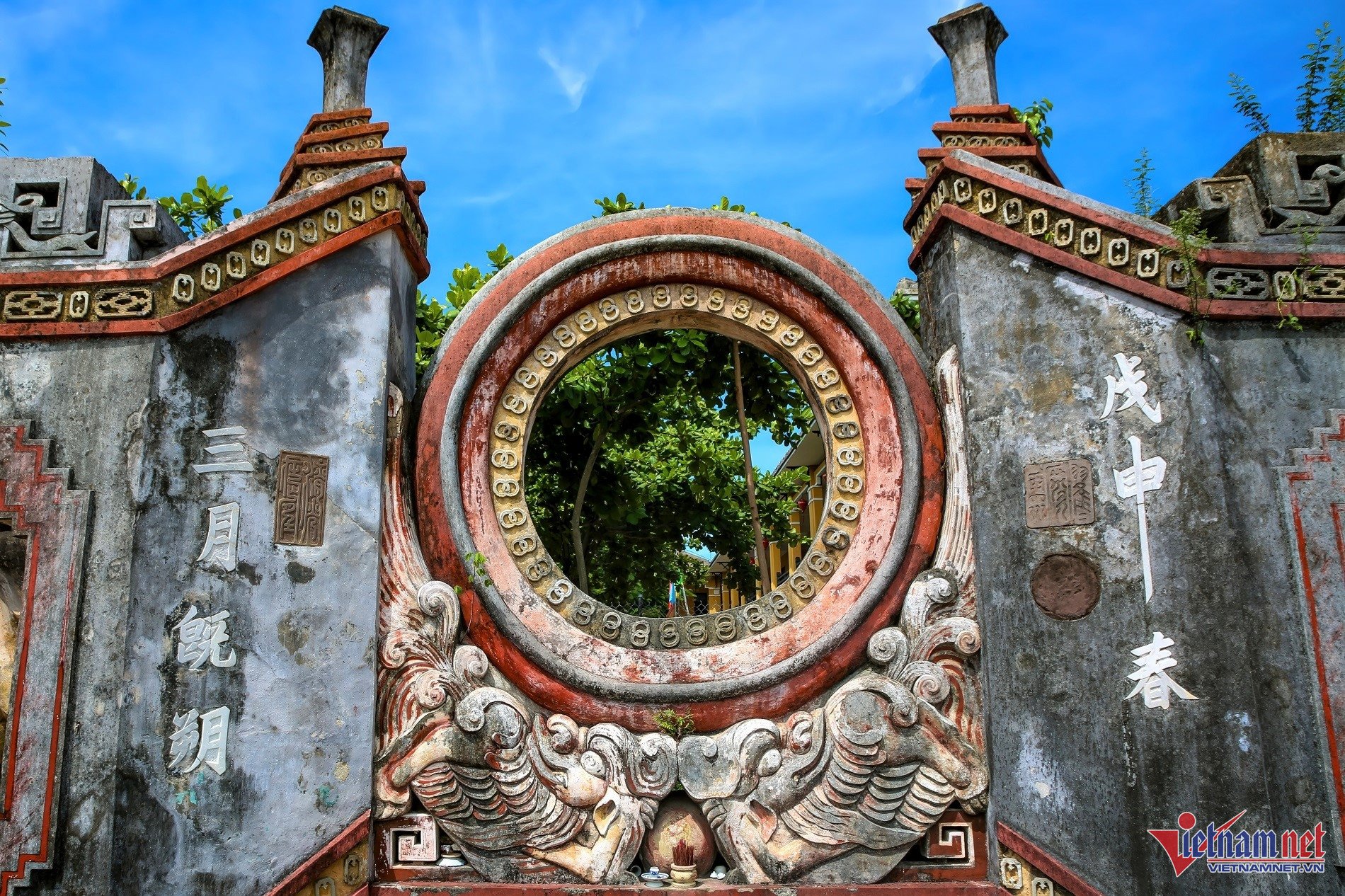
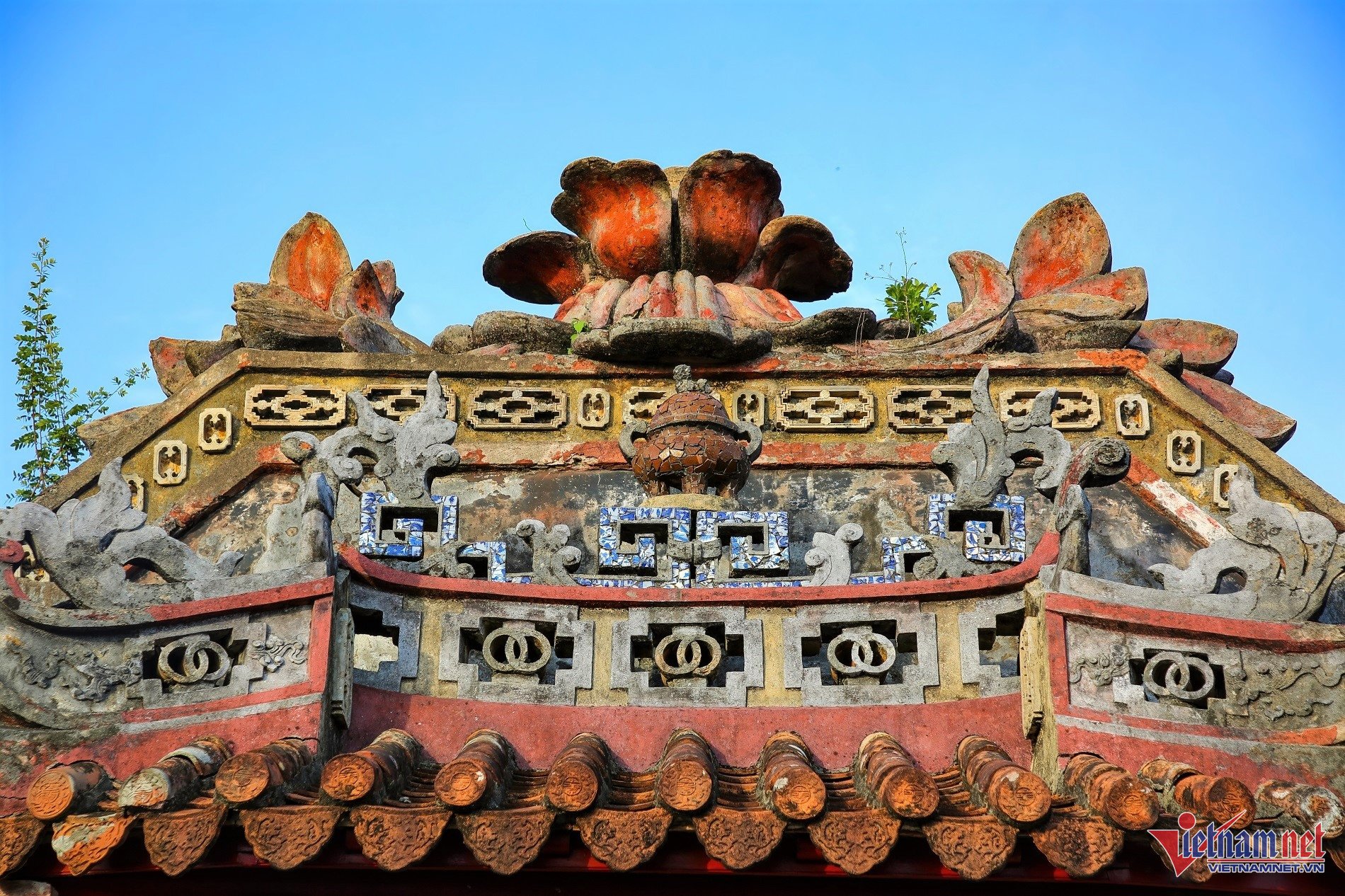
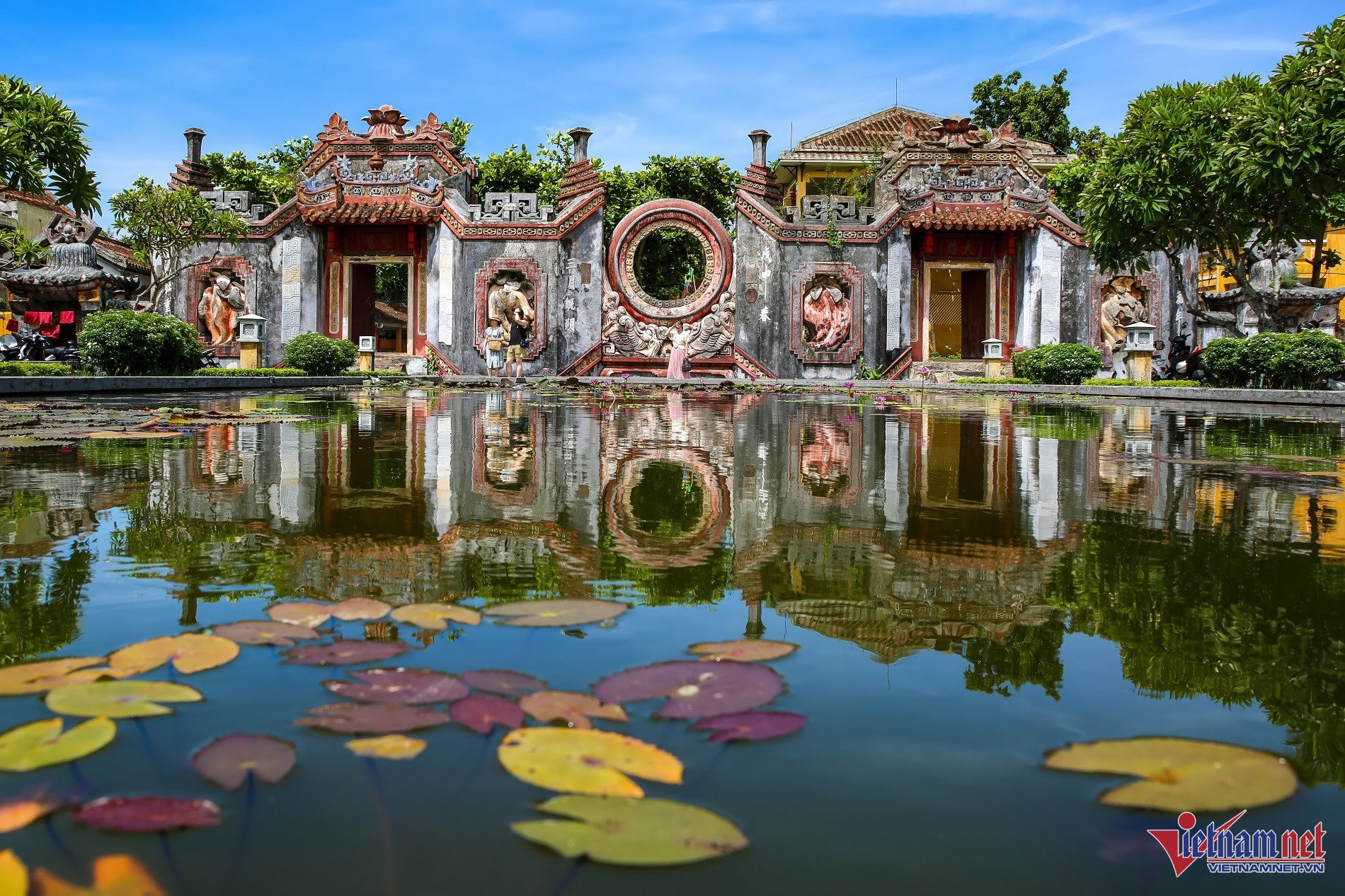
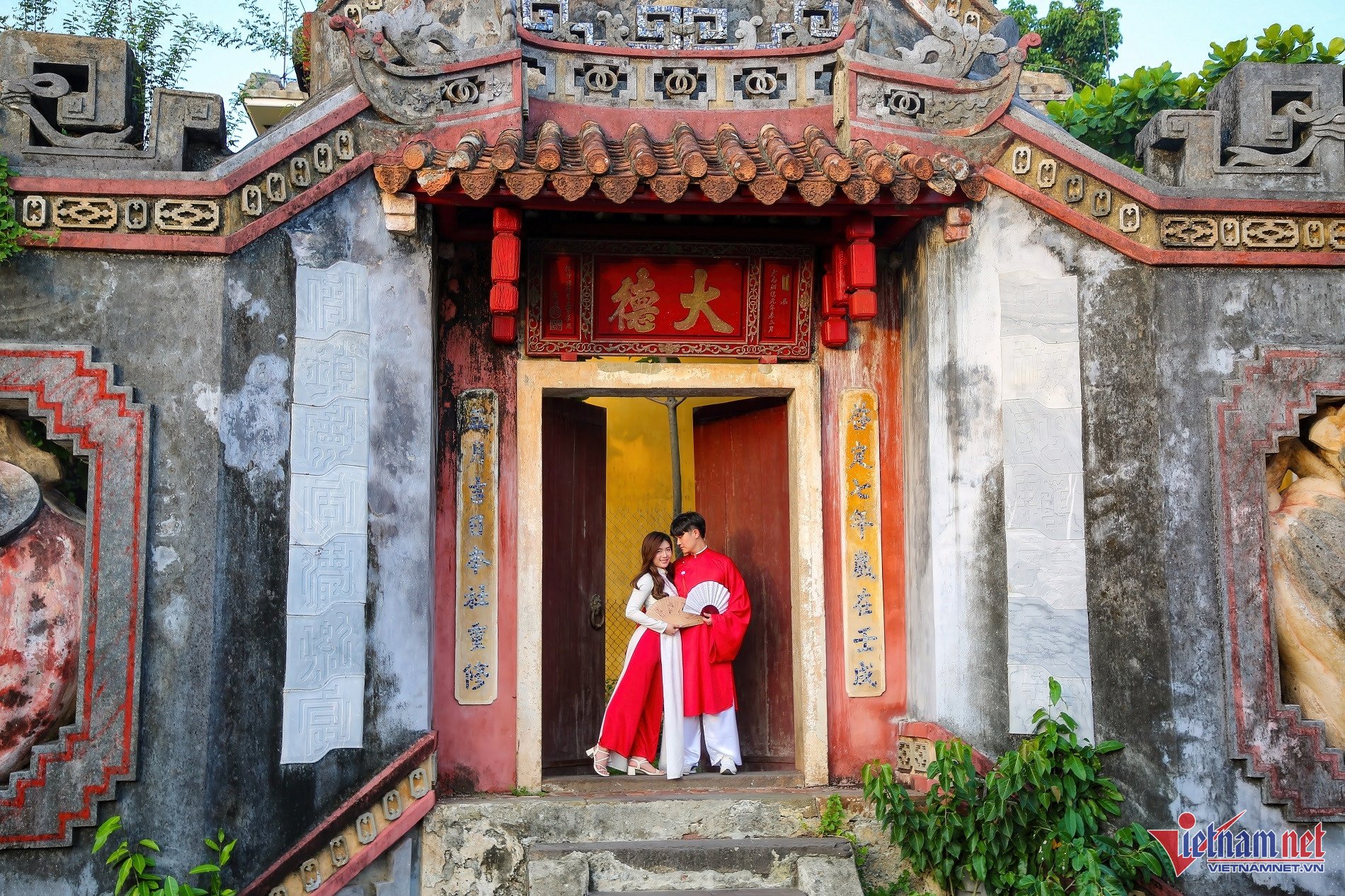
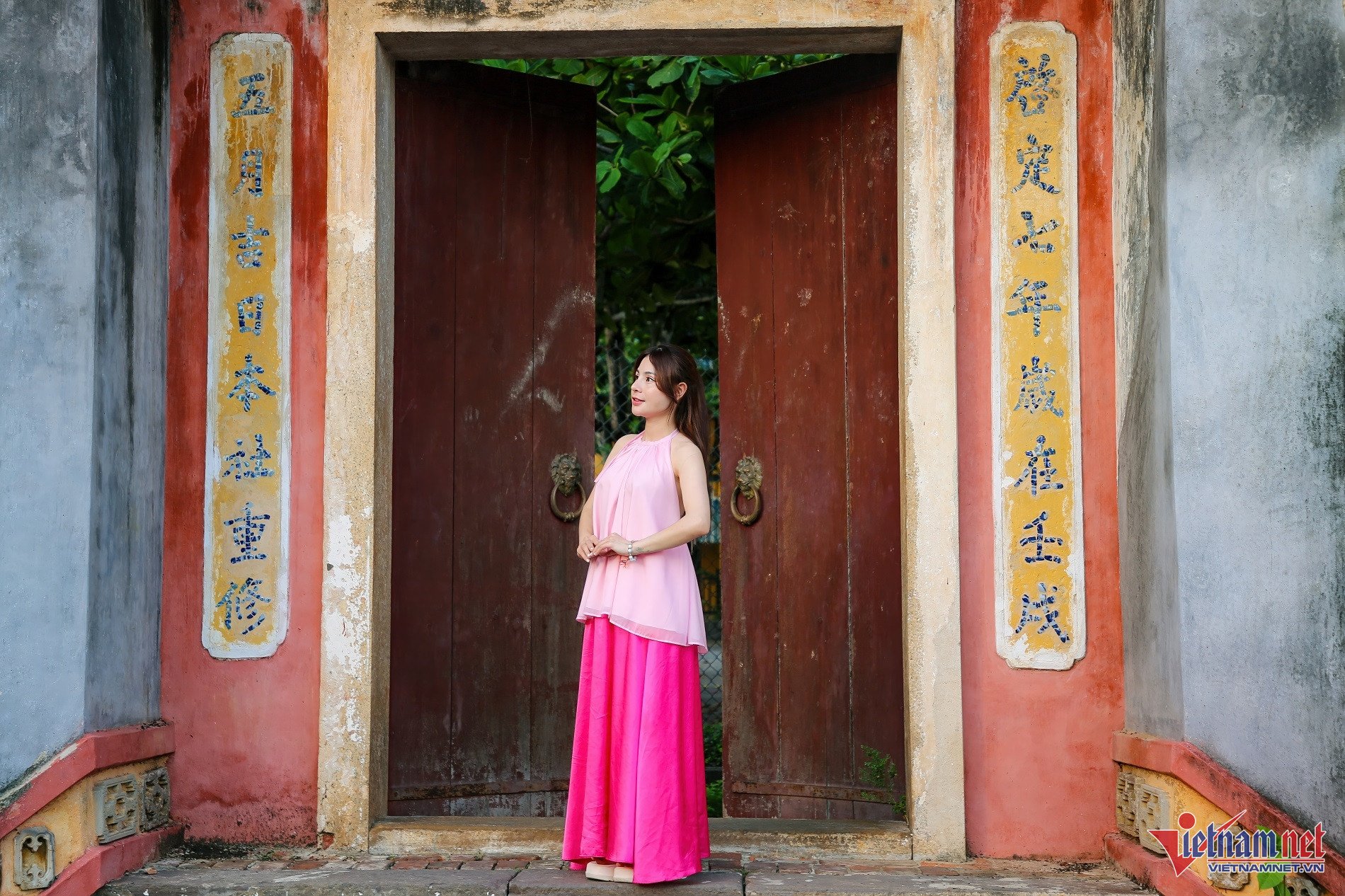
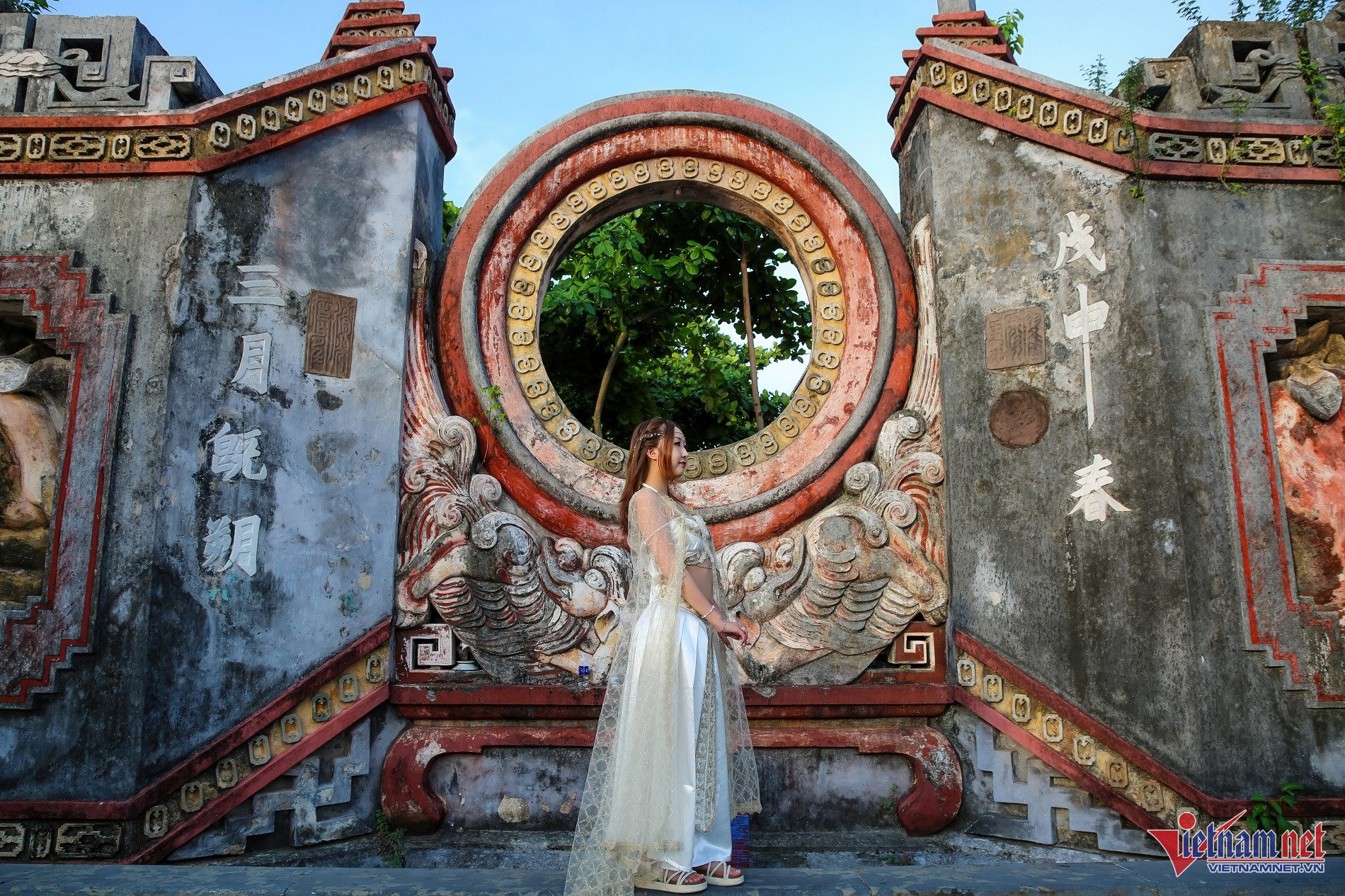
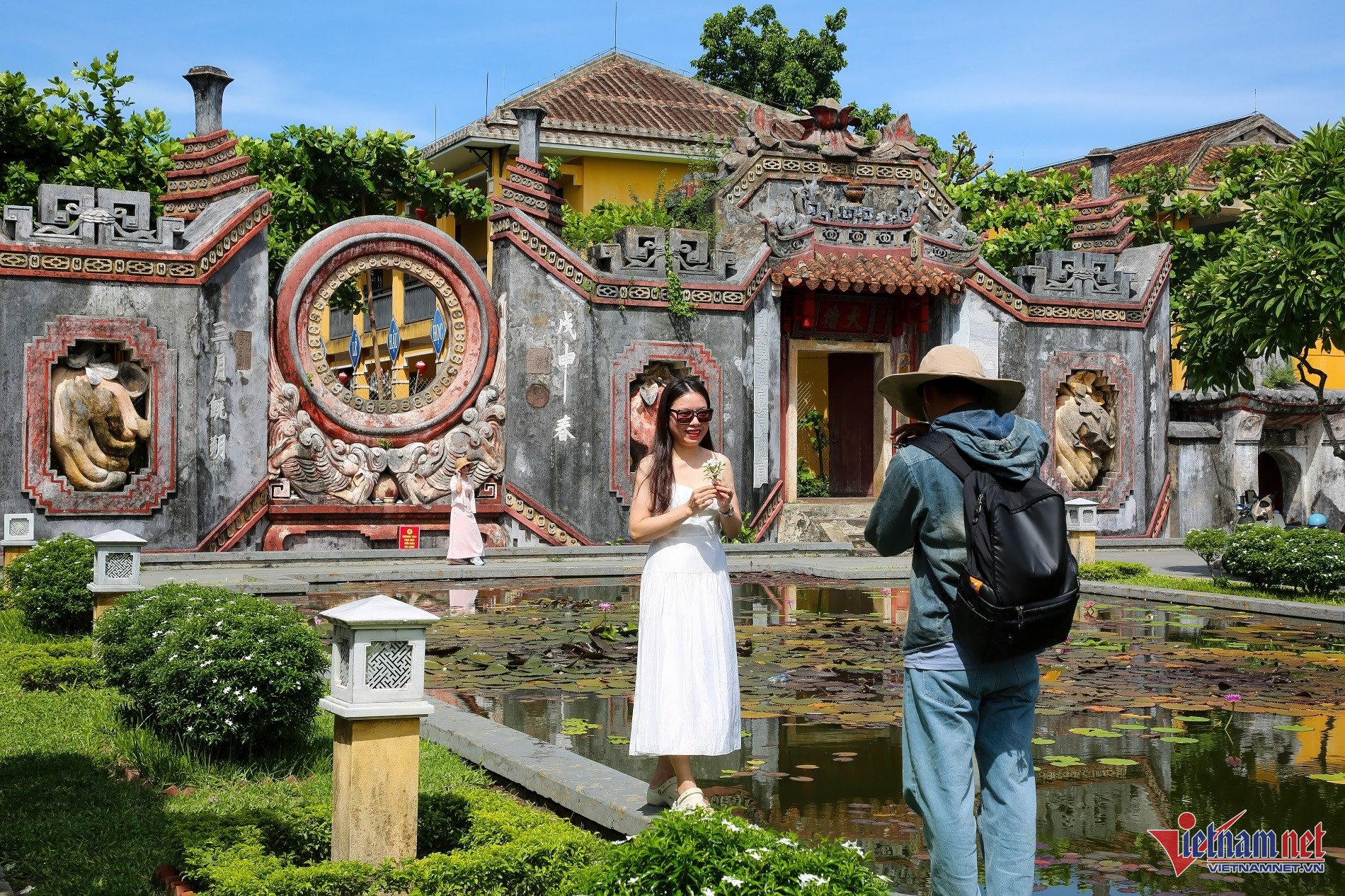
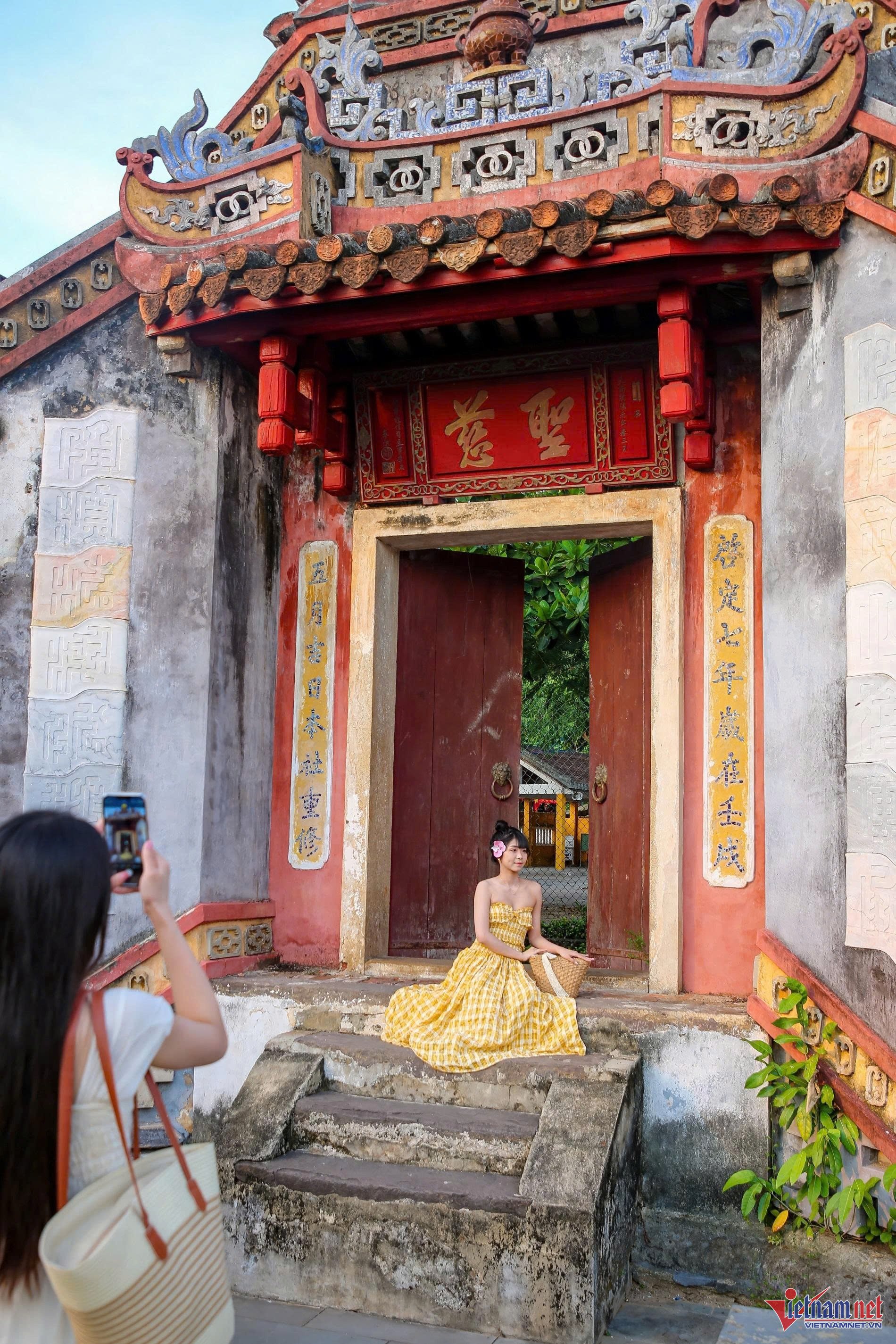
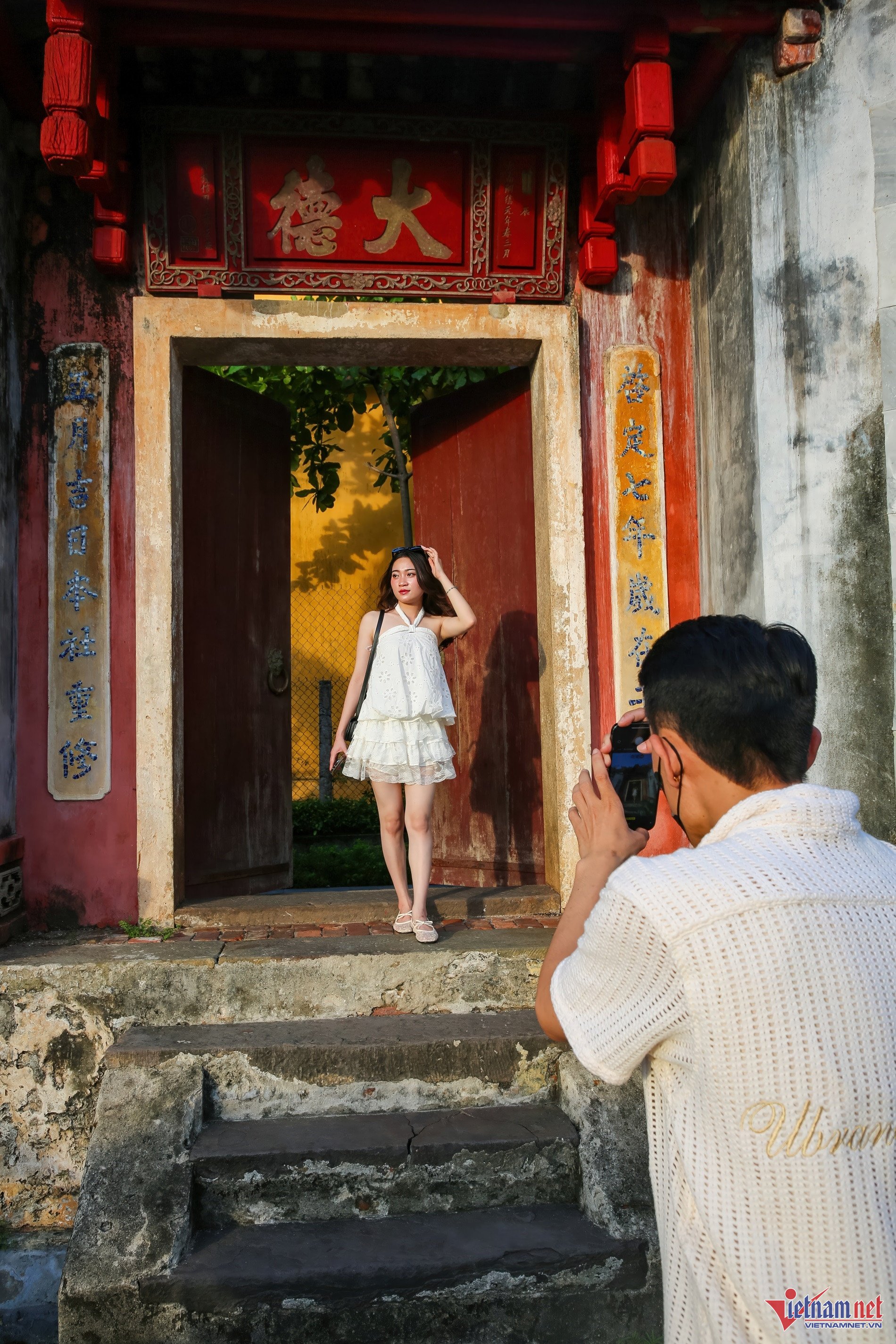
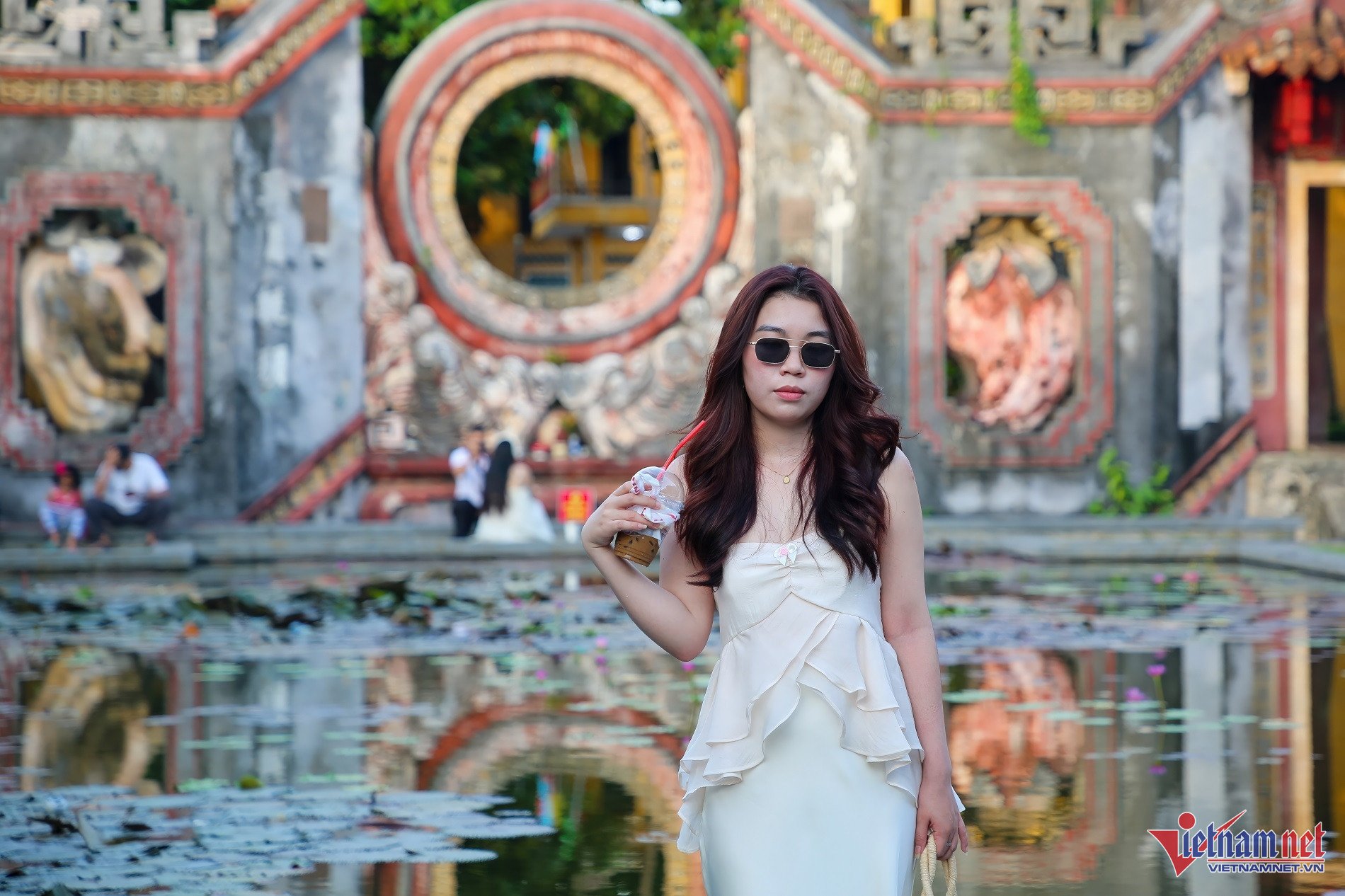
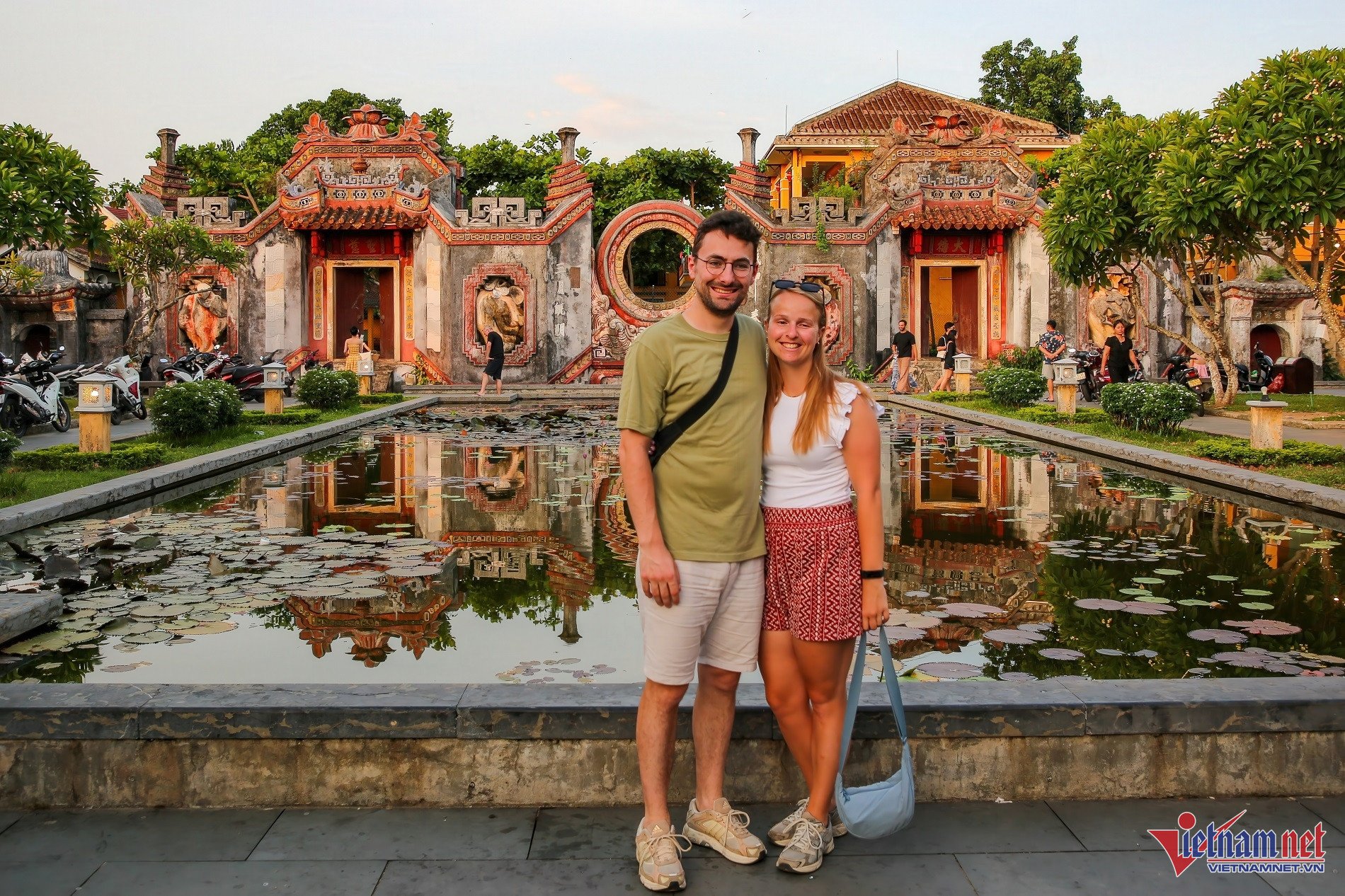

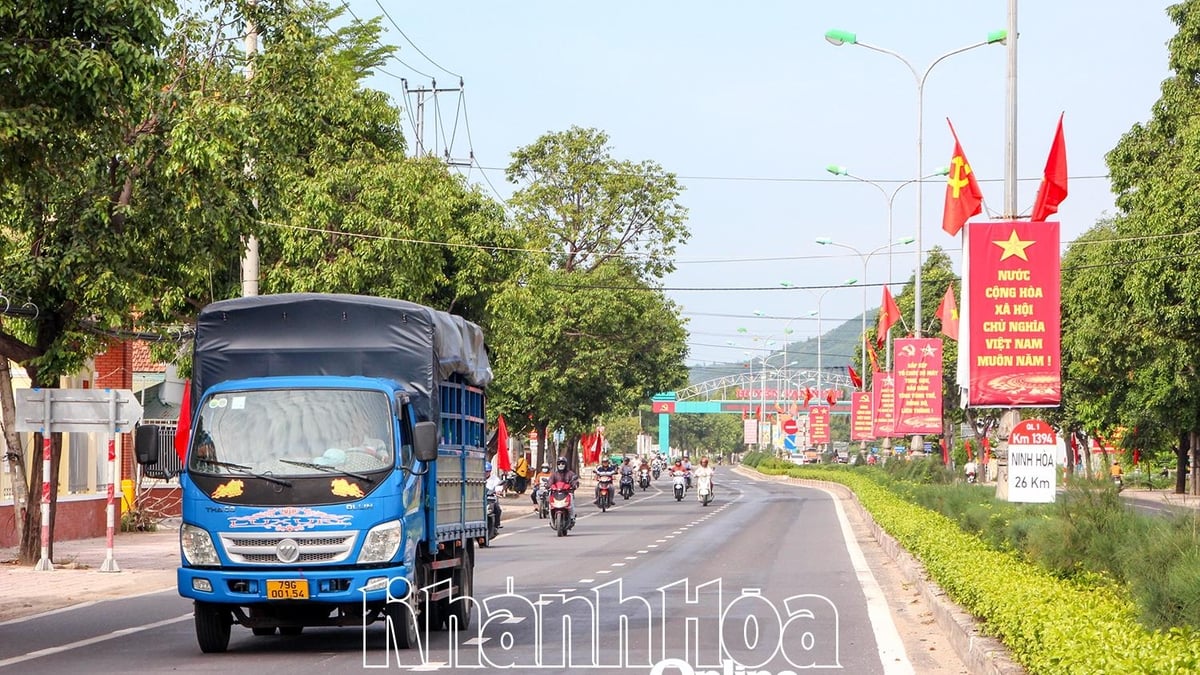


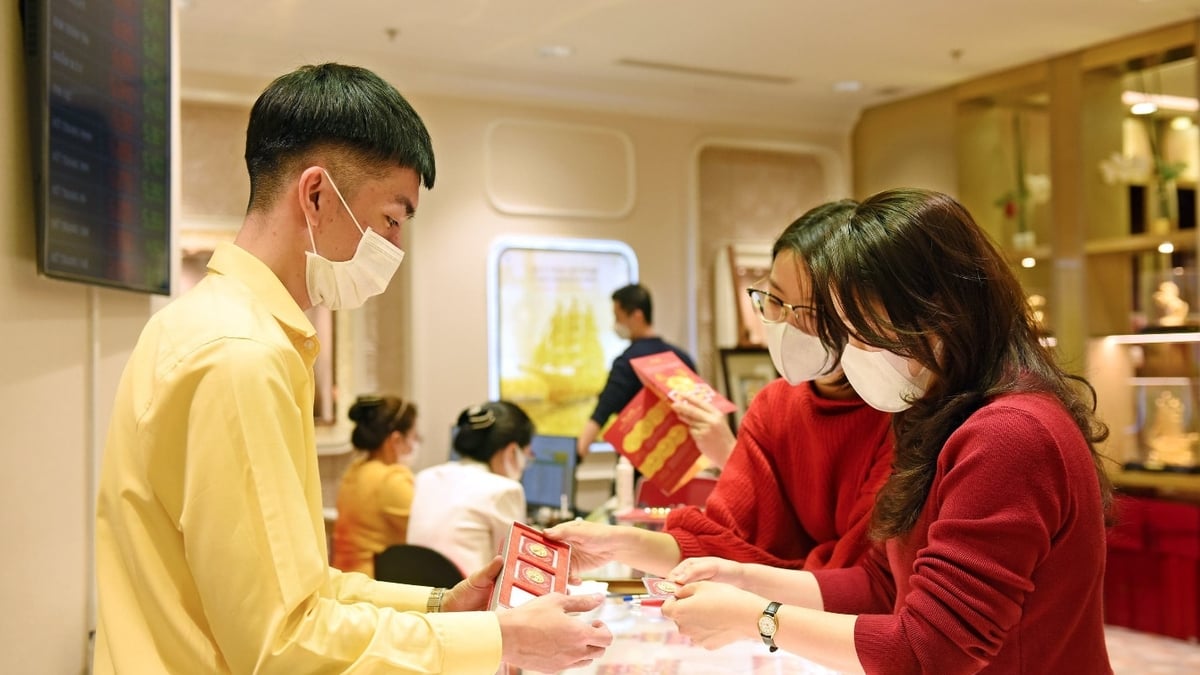
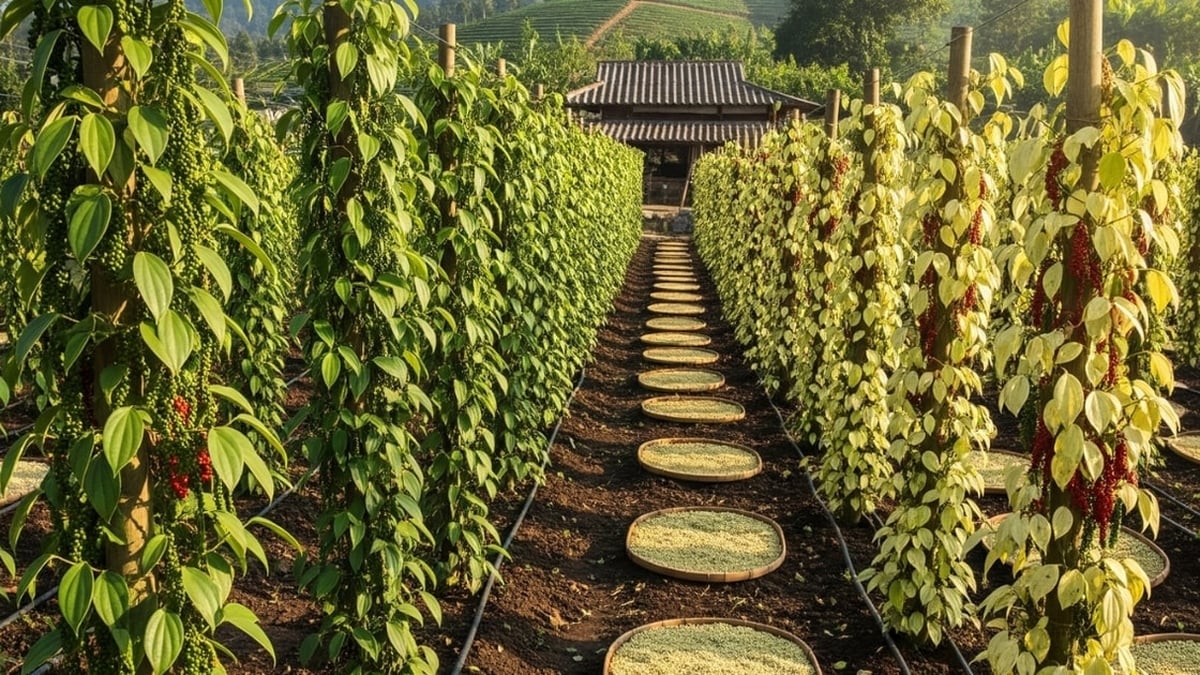















































![[Maritime News] Container shipping faces overcapacity that will last until 2028](https://vphoto.vietnam.vn/thumb/402x226/vietnam/resource/IMAGE/2025/7/30/6d35cbc6b0f643fd97f8aa2e9bc87aea)











































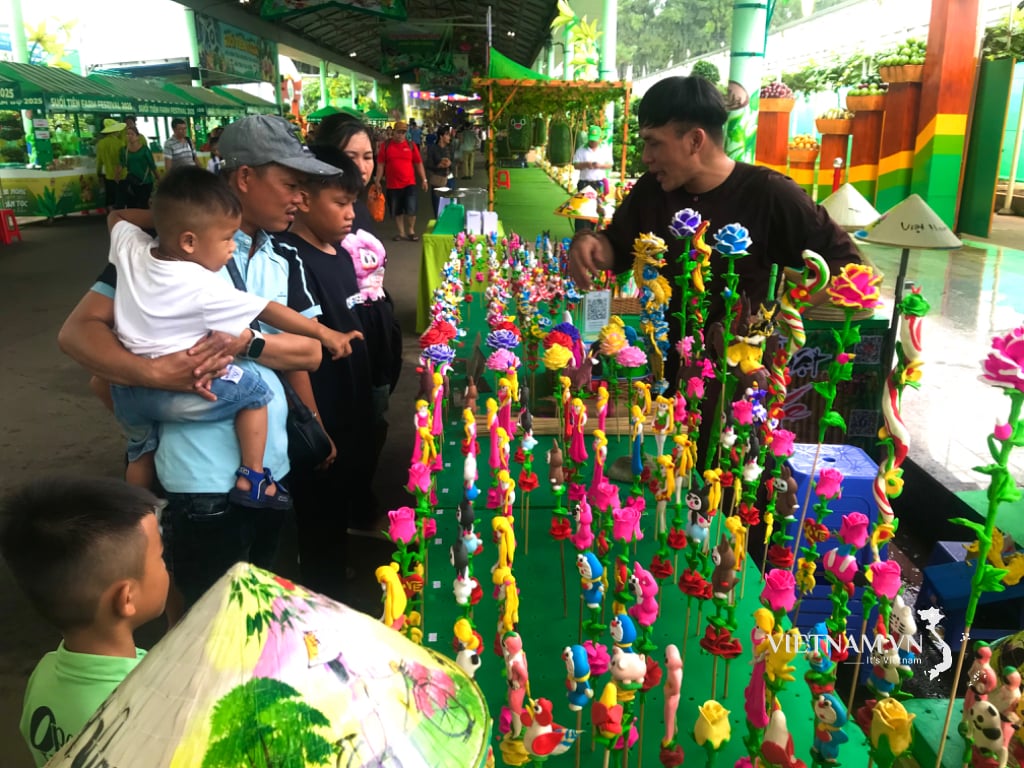
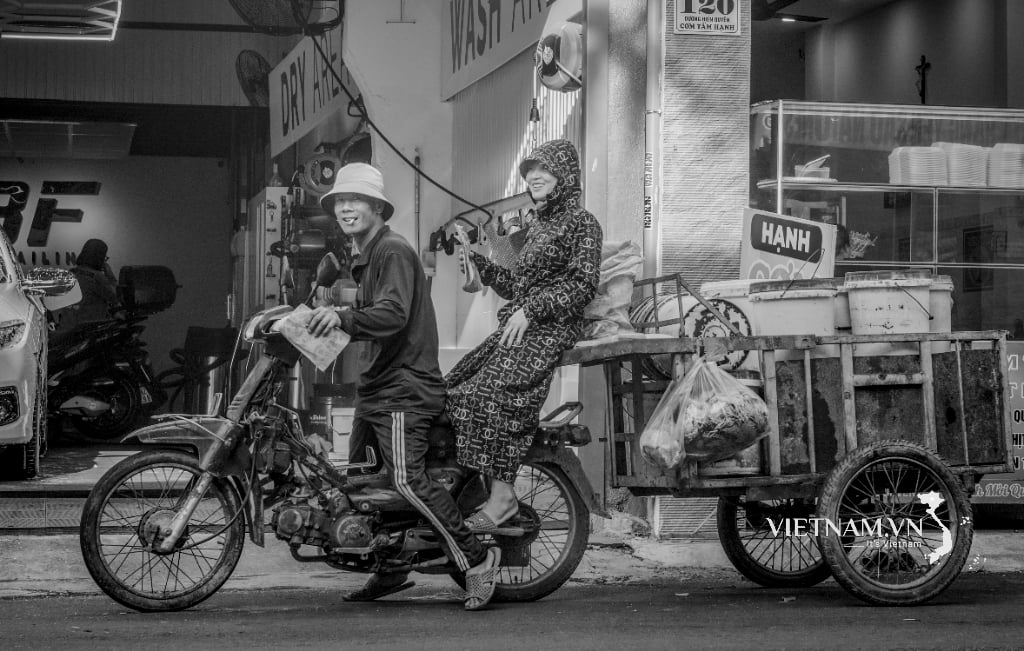
Comment (0)